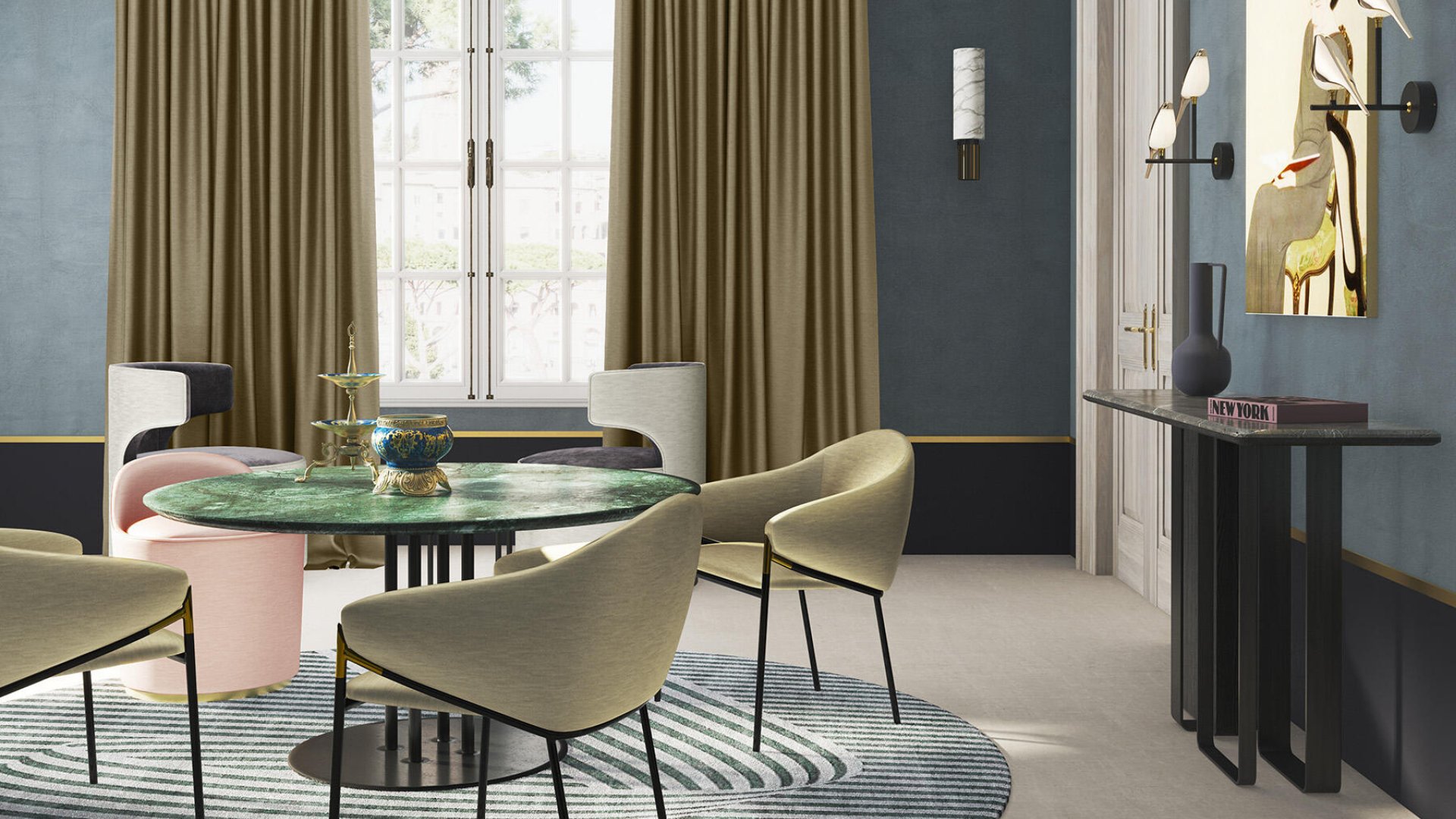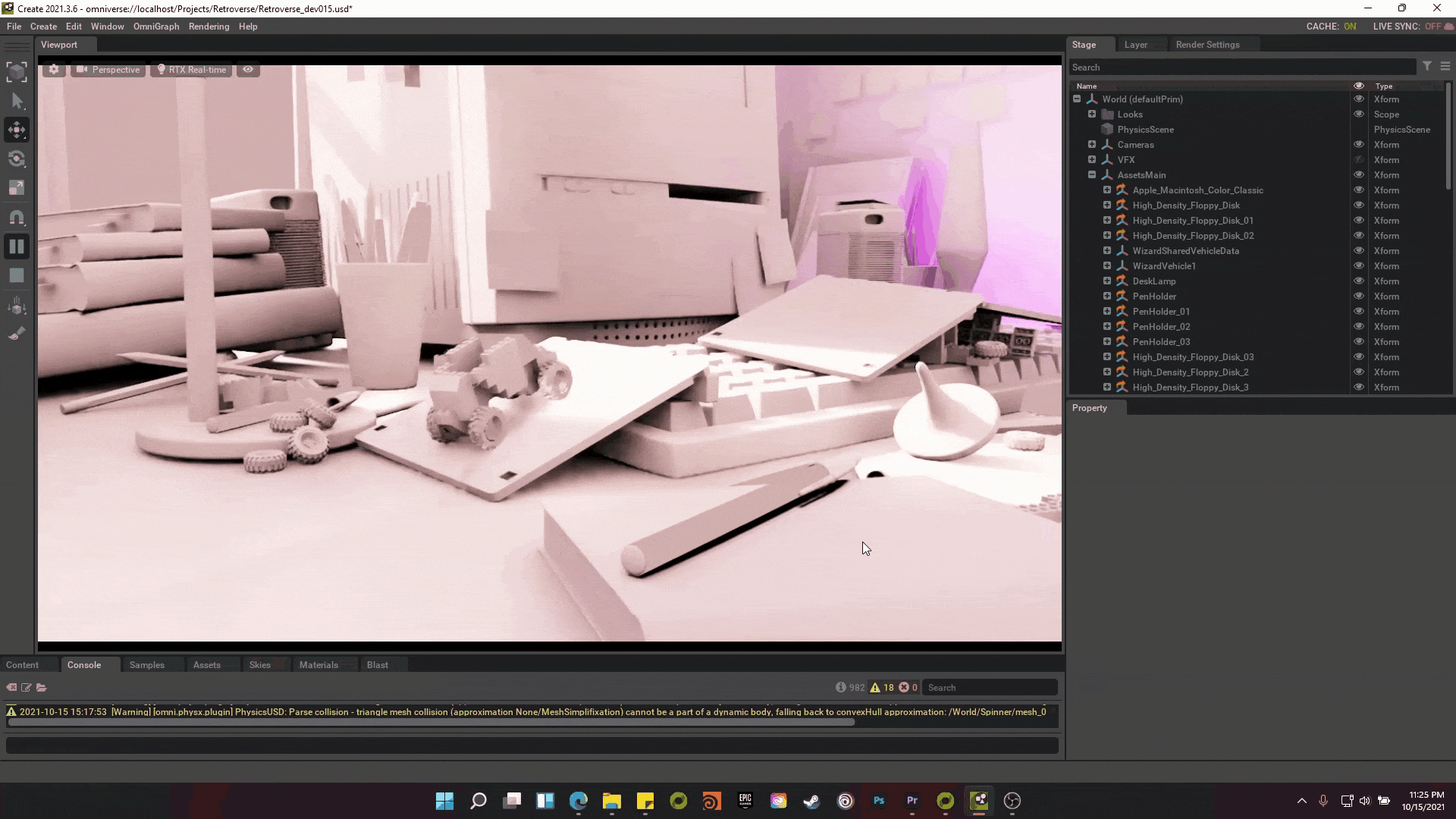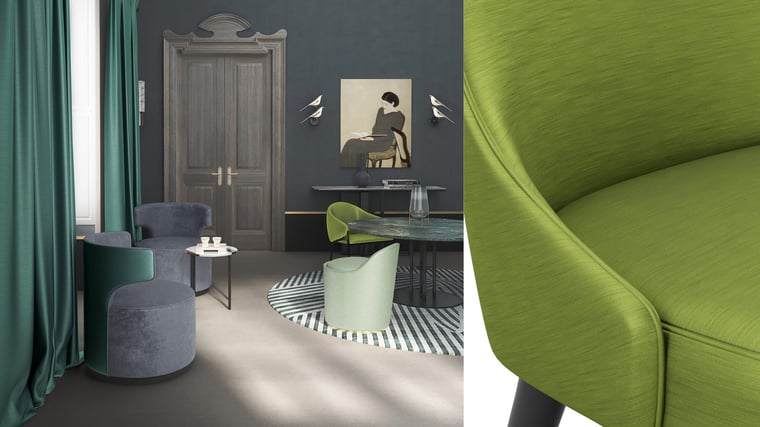
Revolutionising furniture design: The benefits of 3D visualisation and 3D fabric textures
Published by Admin on
Apr 12, 2023 11:36:06 AM
A new way of looking at furniture design.
Furniture is a fascinating aspect of human civilisation. Nature provided furniture in the form of tree stumps and rocks but archaeological research found evidence that people started to construct furniture around 30,000 years ago. That would’ve been considered state-of-the-art technology back then but now we’re looking at our own evolution of furniture design with digital visualisation.
There is so much buzz around 3D visualisation, largely thanks to its increasing popularity in architecture. Architects, engineers and interior designers are able to collaborate through unique digital design platforms to change the way structures are designed and built.
Another example of where 3D visualisation is building a lot of traction is NVIDIA Omniverse. Omniverse connects designers and teams worldwide as a powerful platform for collaboration. Together, these creative minds can create virtual worlds and work together to innovate in 3D, which is why you’ll find a variety of users including engineers, interior designers, game developers and more.
You’ll also find Twinbru’s digital twins on Omniverse - read about it here
If the technology works for relatively large-scale applications, it also holds benefits for the world of furniture design and creation.
Creatively enhancing business
Furniture is more than just design. There are functional considerations as well as business considerations in a sector that is showing increasing consumer demand as people invest more in the comfort and feel of their homes and workspaces. Fortunately for furniture makers, 3D visualisation has some amazing benefits to enhance both their design and business.
1. 3D visualisation reduces design and construction errors, reduces labour costs and reduces material waste. Overall, it’s a more sustainable approach to furniture design as it allows a designer or manufacturer to correct errors before a physical product is made and to experiment more. The reduction in fabric waste for upholstery also helps reduce the overall environmental impact of the textile industry and saves on costs for the designer. Plus, it’s much faster to view and change a design digitally than to change a physical model. This means products get to market quicker and can generate revenue.
2. 3D visualisation creates better marketing. Instead of posting a few photographs on digital platforms, a full video showing the product at all angles with a digital twin of the upholstery fabric makes for an attractive marketing option. Designers and manufacturers can also stand out from their competitors by providing an option for customers to see items upholstered in different fabrics on their website. It can go one step further with rendered scenes to show the scale and size of the furniture in a decorated room but without the hefty expense of having to create that scene on a set or on location, which drastically reduces marketing costs.
3. 3D visualisation can create a better customer experience. Customers will purchase when they feel their experience with a brand is highly personalised and answers all their questions, giving confidence to their purchasing decision. With 3D visualisation, an augmented reality viewing option becomes feasible and has been adopted by a growing number of furniture companies. It also makes for a great showroom experience where customers can be invited to view a furniture piece in virtual reality and they can change the colour or texture of the item and view it in different spaces. If an item is custom-built, there’s no need for many physical show pieces as buyers can look at several options digitally before placing their custom order.
What are you waiting for?
Looking at 3D technology, it’s understandable that some furniture designers or manufacturers may be hesitant to venture into a space that’s unfamiliar. It is quite a leap from traditional design and manufacturing methods, traditional catalogues or the usual marketing photography. With many small businesses seeing the value of digital solutions and reaping the rewards in revenue, it’s not as distant as some might believe.
3D visualisation allows furniture designers and manufacturers to communicate better with targeted audiences by creating a unique and richer brand engagement experience. It also creates better internal communication with detailed designs and digital prototypes that only become physical when it’s time for production and all the pain points have been resolved. It’s a cost-effective way to simplify many aspects of business operations.
For those with a little lingering trepidation or who need some more inspiration for why 3D visualisation with digital twin fabrics is great for furniture creation, see our partnership with James Dunlop Textiles as a case study of how digital solutions can open up new possibilities for businesses.
Tags:
3D Visualisation,
Customer Journey,
Furniture,
Interior Concepts,
Furniture Brands,
Manufacturing,
3D Fabric Textures,
Partnerships